All in all, I’d say there are really three things to recommend a stay in the Salinas Bay area: the kiting, the views, and the wildlife. Which is by no means a criticism. Usually, Costa Rica is associated with lush tropical rain forests, but the northwest coast is actually quite dry, giving it a more deserty feel. There are plenty of cactuses interspersed with trees. I’m going to go through some of the critters my trusty photographer Elani and I saw on our stay there, focusing mostly on the one we have pictures of.
Birds were probably the most visible and stunning of the creatures we encountered. There was a host of marine birds. Magnificent frigate birds were quite common, though very hard to photograph, and it was quite common to see the pelicans diving for fish right off shore.

Taken by Elani
Of course, there were inland tropical birds as well. I went on in some length about the parrots in this post. So I’ll spare you any more other than to set the record straight and say that they are actually parakeets, not parrots. There were also a goodly number of magpie-jays flying around and making weird and varied noises to each other. One landed on the railing of our deck and is now getting his fifteen minutes of fame.
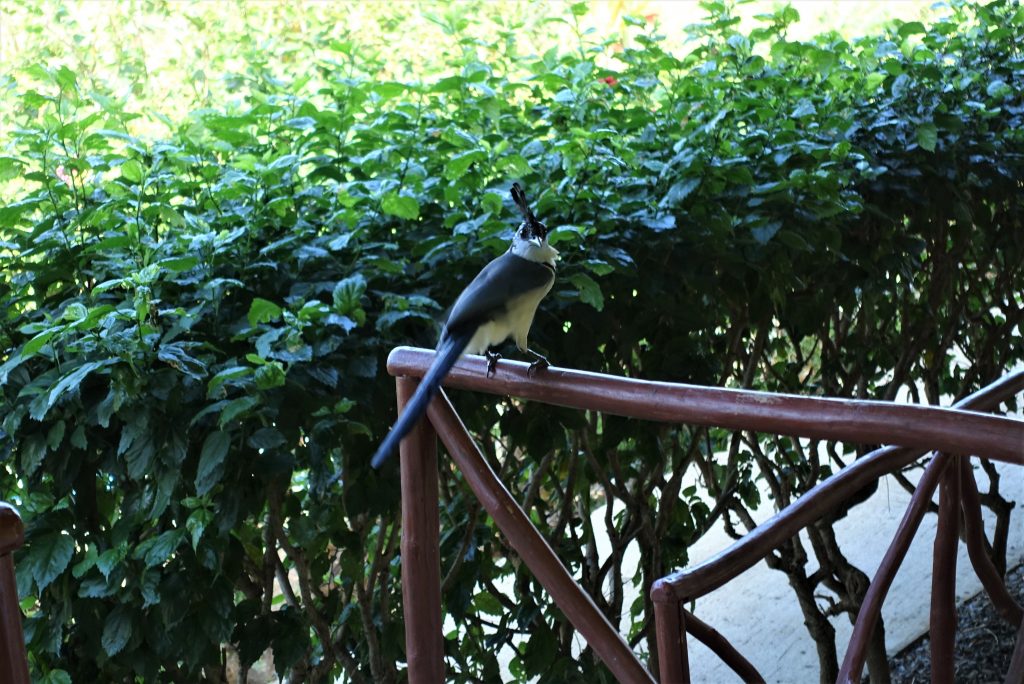
Taken by Geoff
A species of small dove was quite common as well. This one had made a nest and was raising up an adorable little family in the cactus hedges that lined the road up to our room.
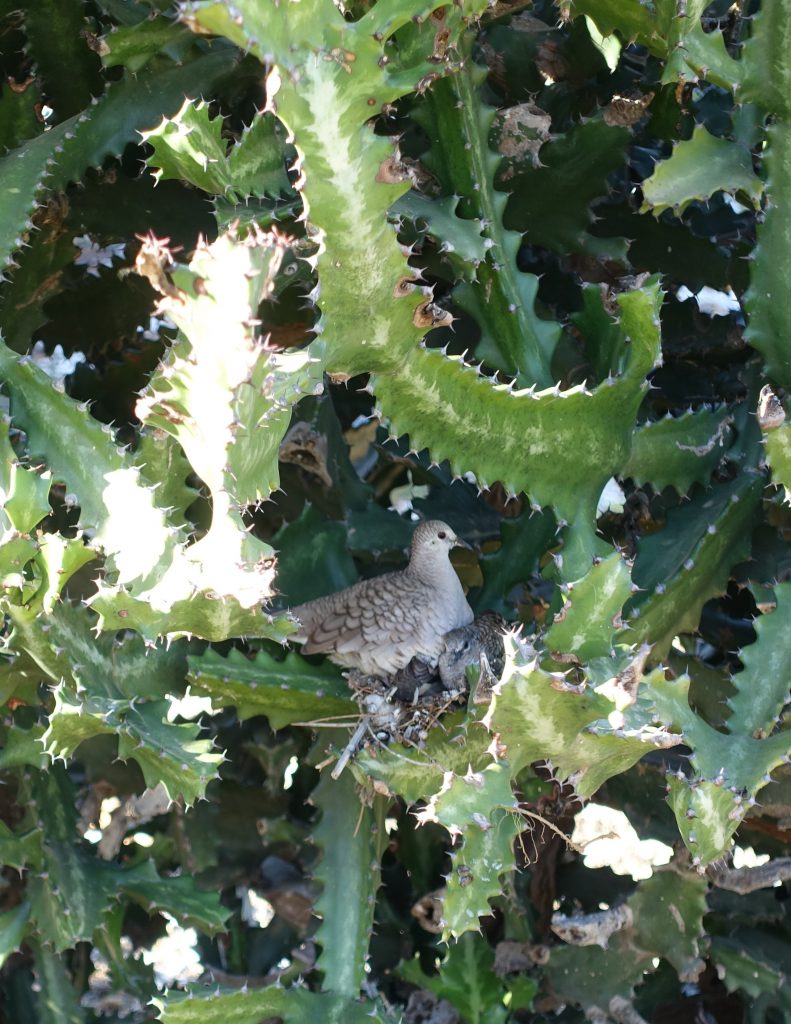
Taken by Elani
Speaking of nests, on a walk, Elani and I found a whole colony of what we’re pretty sure (after a bit of internet research) are montezuma oropendolas. Very beautiful crow sized birds with bright yellow tails that make hanging basket nests. Unfortunately, the birds don’t come through very well in the photo, but the nests were quite impressive.
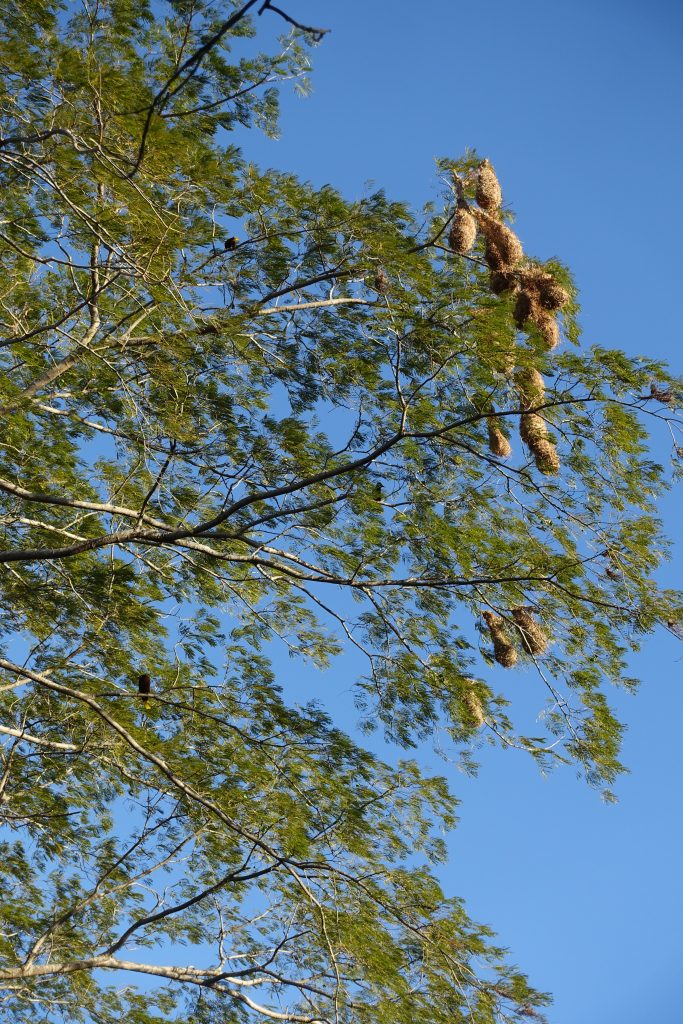
Taken by Elani
The mammals were a little less prominent – or possibly more sneaky – than the birds. We saw some sort of possum one night, and heard the raccoons digging around in the trash on a number of occasions, though we only saw them once, in the trash of course. There was an interesting type of lanky squirrel that Elani was able to photograph.
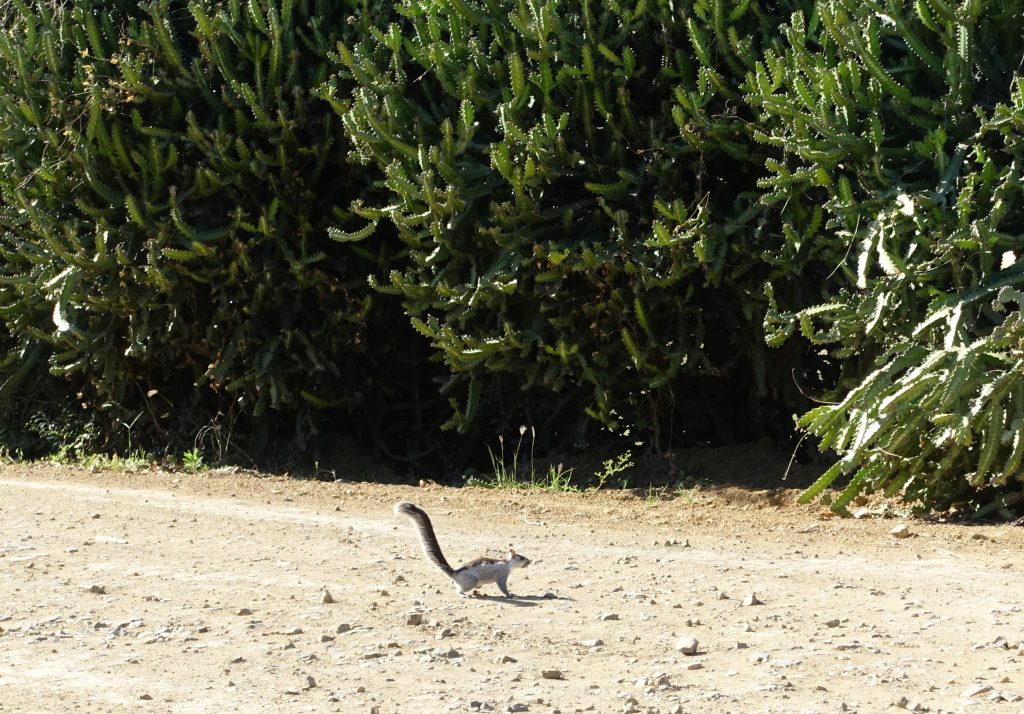
Taken by Elani
Of the sea creatures I saw, the rays were most impressive. I only saw them while out kiteboarding, though, and didn’t get any pictures. In the time I was there, I saw five eagle rays, and four of what I’m pretty sure were cownose rays. Crabs, though not quite as impress as the rays, were a bit more cooperative photography models. Elani ran across a rather photogenic specimen at low tide. This is actually my favorite of the wildlife pics she got.
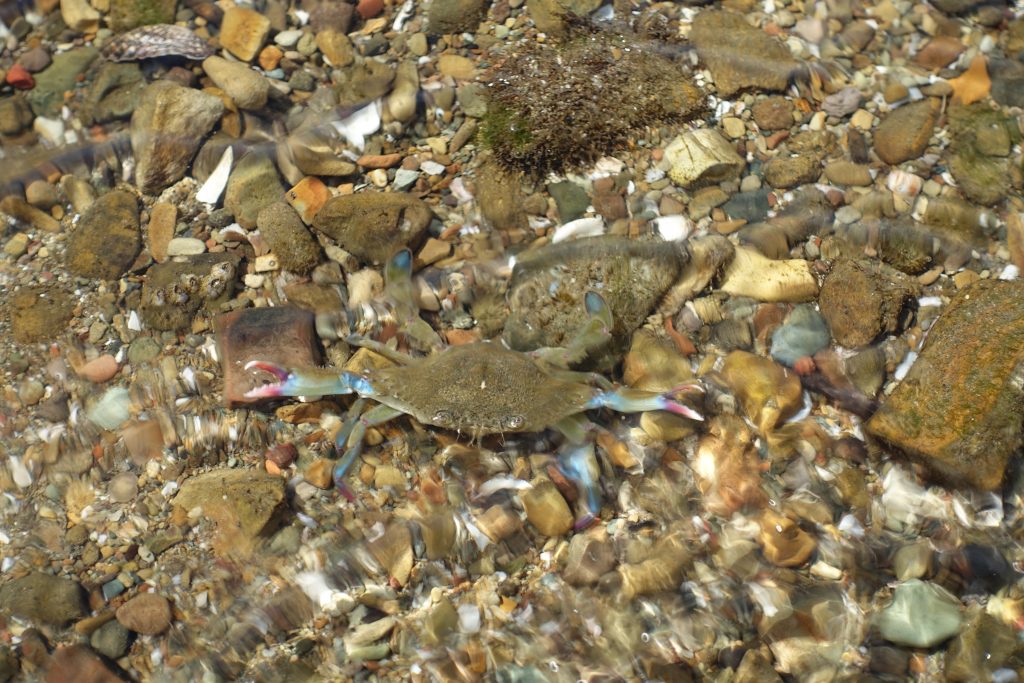
Taken by Elani
This hermit crab was a somewhat shier subject and it took a bit of patience to get him to come out of his shell – figuratively and literally.
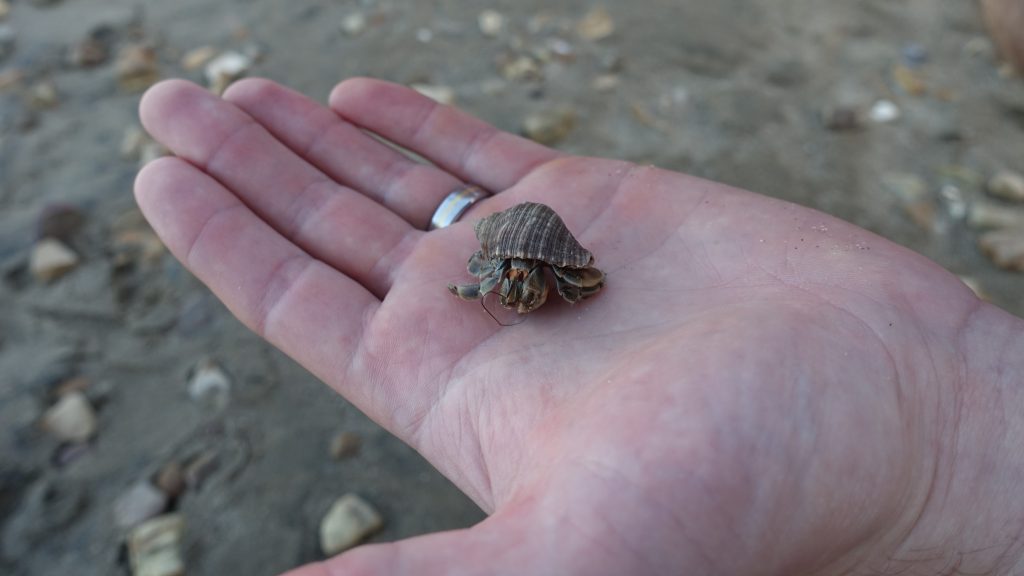
Taken by Elani
The lizards made a good showing in Playa Copal as well. Of course there were tons of geckos, including at least two making their home in our room. They were fairly plain, light gray and around four inches long including their tails. And they were noisy! I’m not really sure how a lizard the size of my index finger can make so much noise. Anyways, they only come out at night, so getting a picture of a roughly wall colored lizard in low light was kind of a fool’s errand. There were two species of lizard that frequented the road down to the beach; a little red cheeked one, who you’ve see before in an earlier post , but I’ll include again, because, well. he was quite a looker.
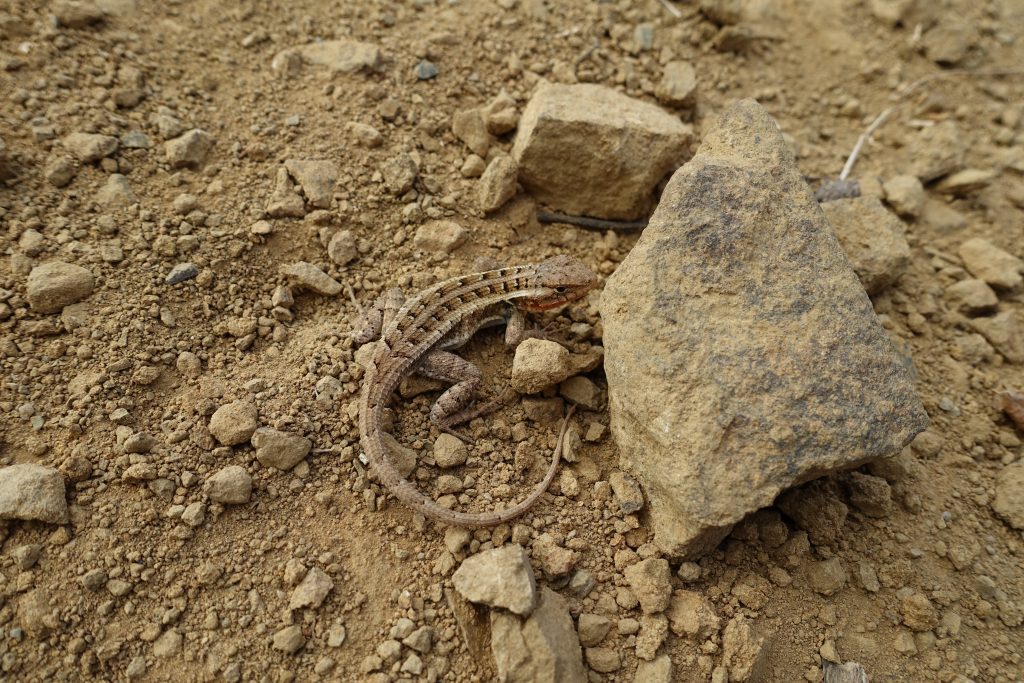
Taken by Elani
And secondly, a little variety of skink. This one we found warming up for the day right by our front door.
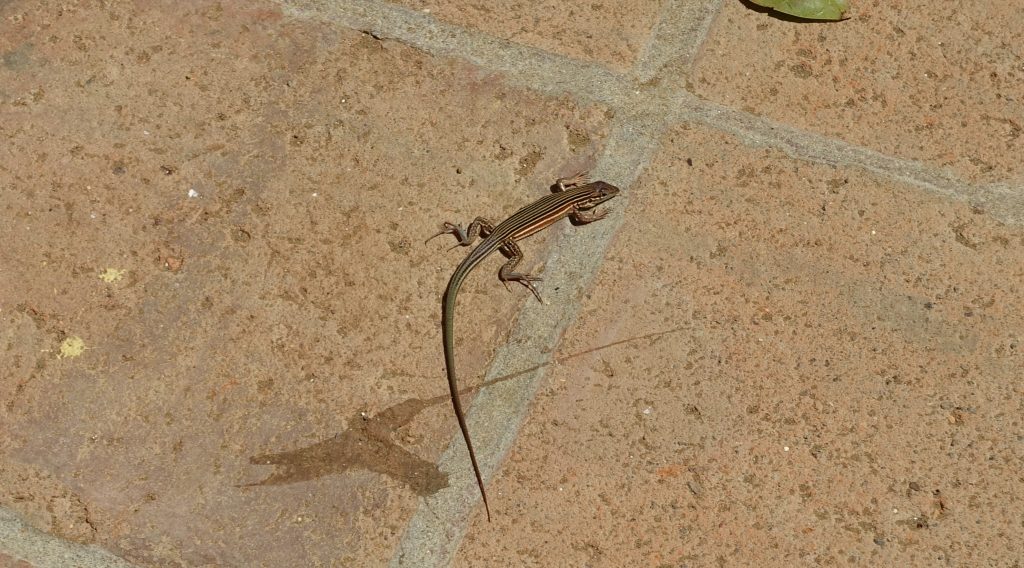
Taken by Elani
Then there was the iguanas. Back home in the Pacific Northwest, it’s such a rare surprise to see even a tiny lizard that to see regularly see lizards measuring well over a foot scurrying around the walkways to my room kind of blew my mind. This one was particularly fond of sunning itself on the roof of the pool hut, which could be seen from our back porch.
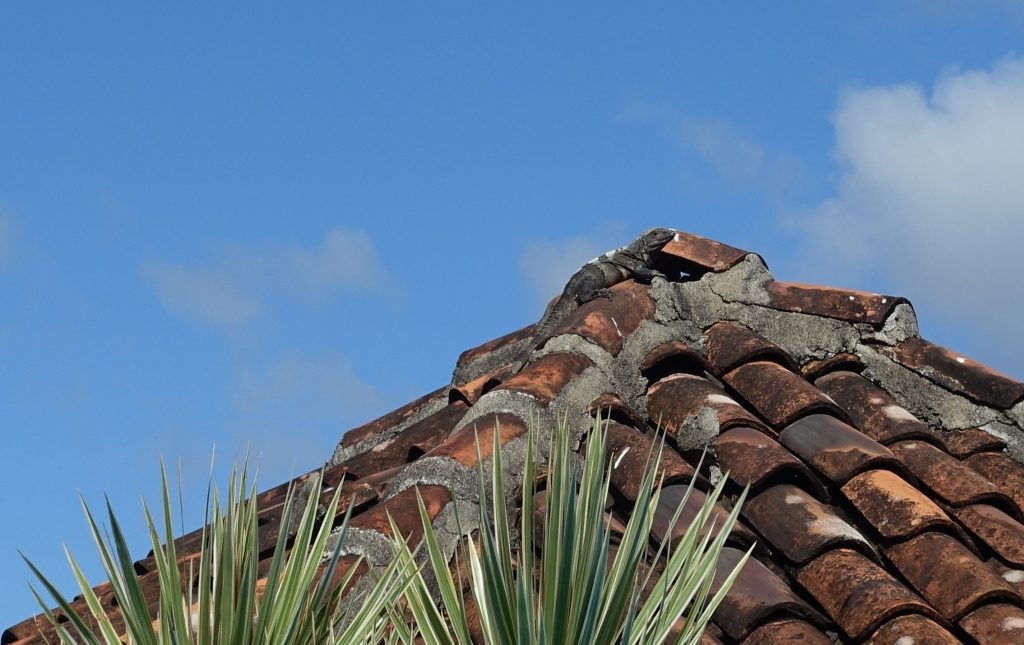
Taken by Elani
But really, you didn’t have to leave the room to see pretty interesting animals. Of course, there were the scorpions I found in the shower. They were some of the more exciting and less fun of the creatures that made their way to our room or back porch. There was also a tailless whip-scorpion, which I was actually pretty excited to see, but Elani was less enthusiastic about.
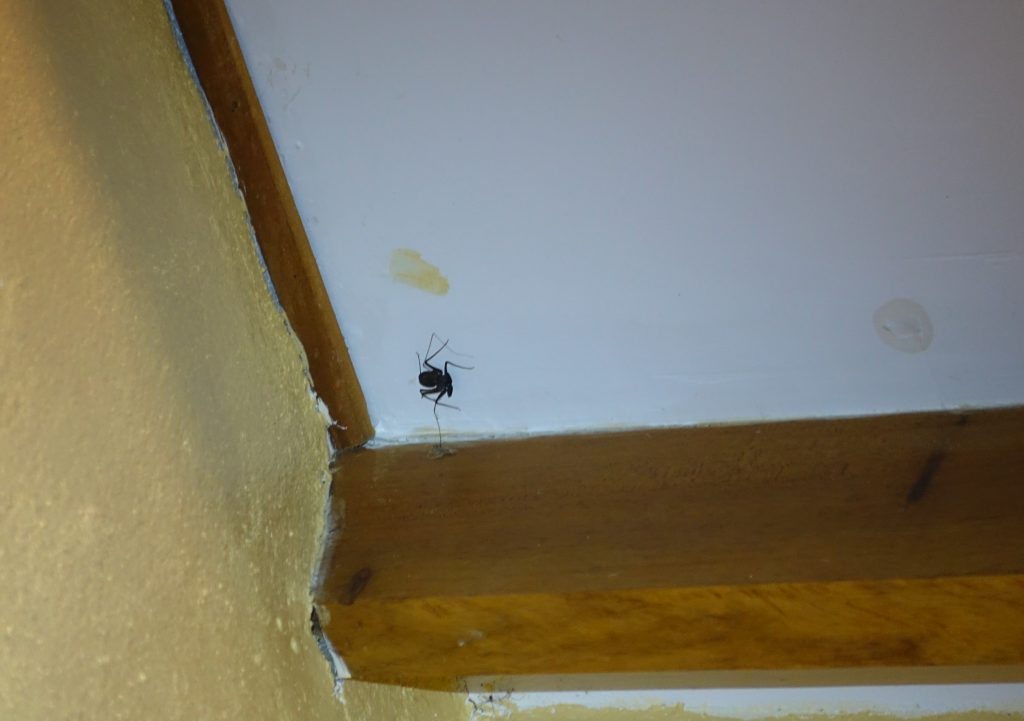
Taken by Elani
To give a sense of scale, his body was a bit over an inch long. She warmed up to him once I named him Heraldo Rodriguez (there no joke to that name, I just like it). Also, Heraldo was chilling on the ceiling about 10 feet off the ground, so there was not much to be done about him. Some other visitors included several large green grasshoppers, who could have passed for leaves if they didn’t insist on flying full speed into windows and deck chairs, this friendly praying mantis…
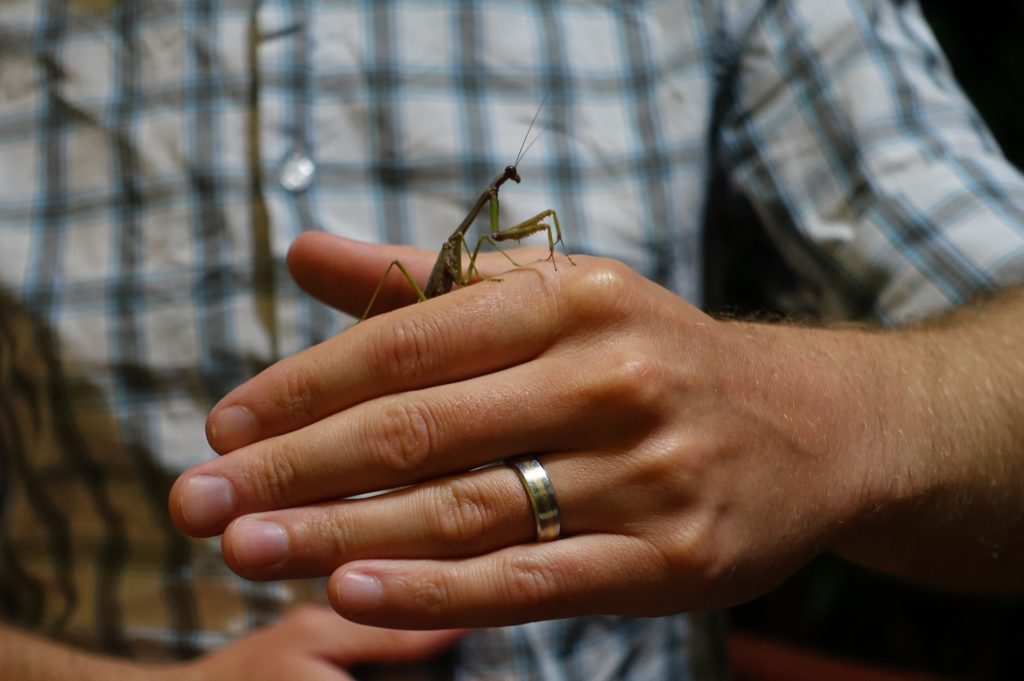
Taken by Elani
…and the largest insect we saw, by length but probably not by weight, this walking stick insect. We were sort of amazed that something so spindly didn’t just blow away in the constant gusts of wind there. But it looks like he managed. We agreed to both make stupid faces for the picture, but he coped out last minute. Moral of that story is don’t trust a stick bug.
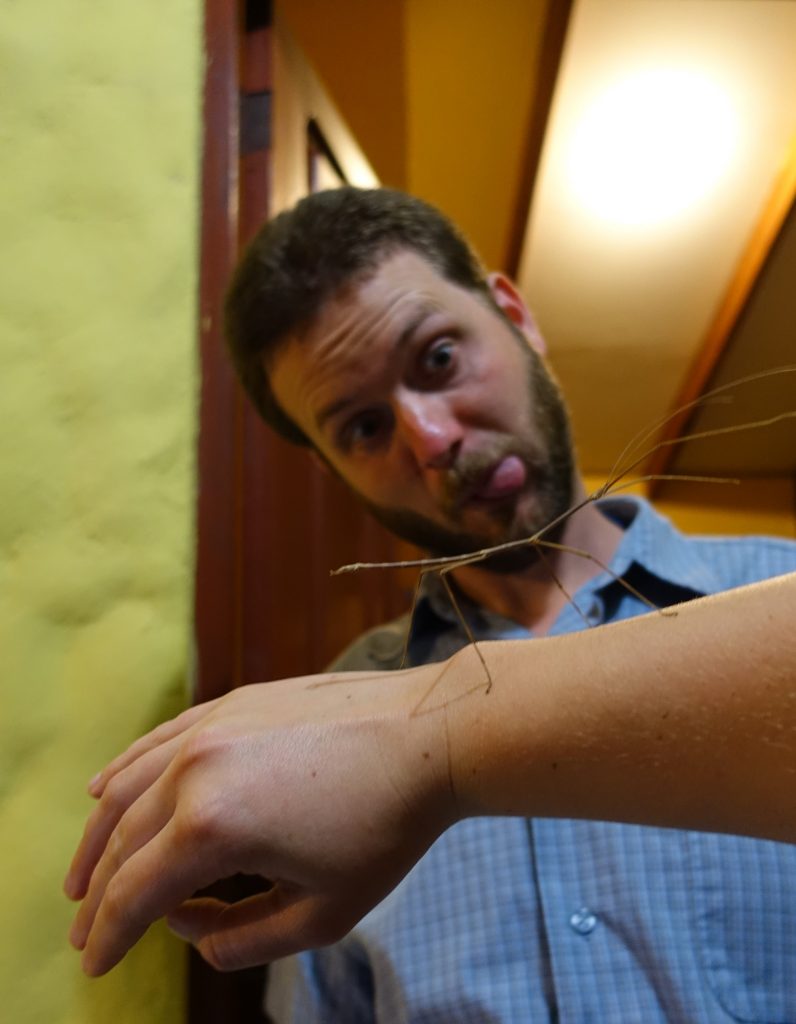
Taken by Elani
Well, that pretty much covers our animal adventures for our two week stay in Playa Copal. Costa Rica is known for its wildlife so I’m sure there will be more from our next stops. Stay tuned.
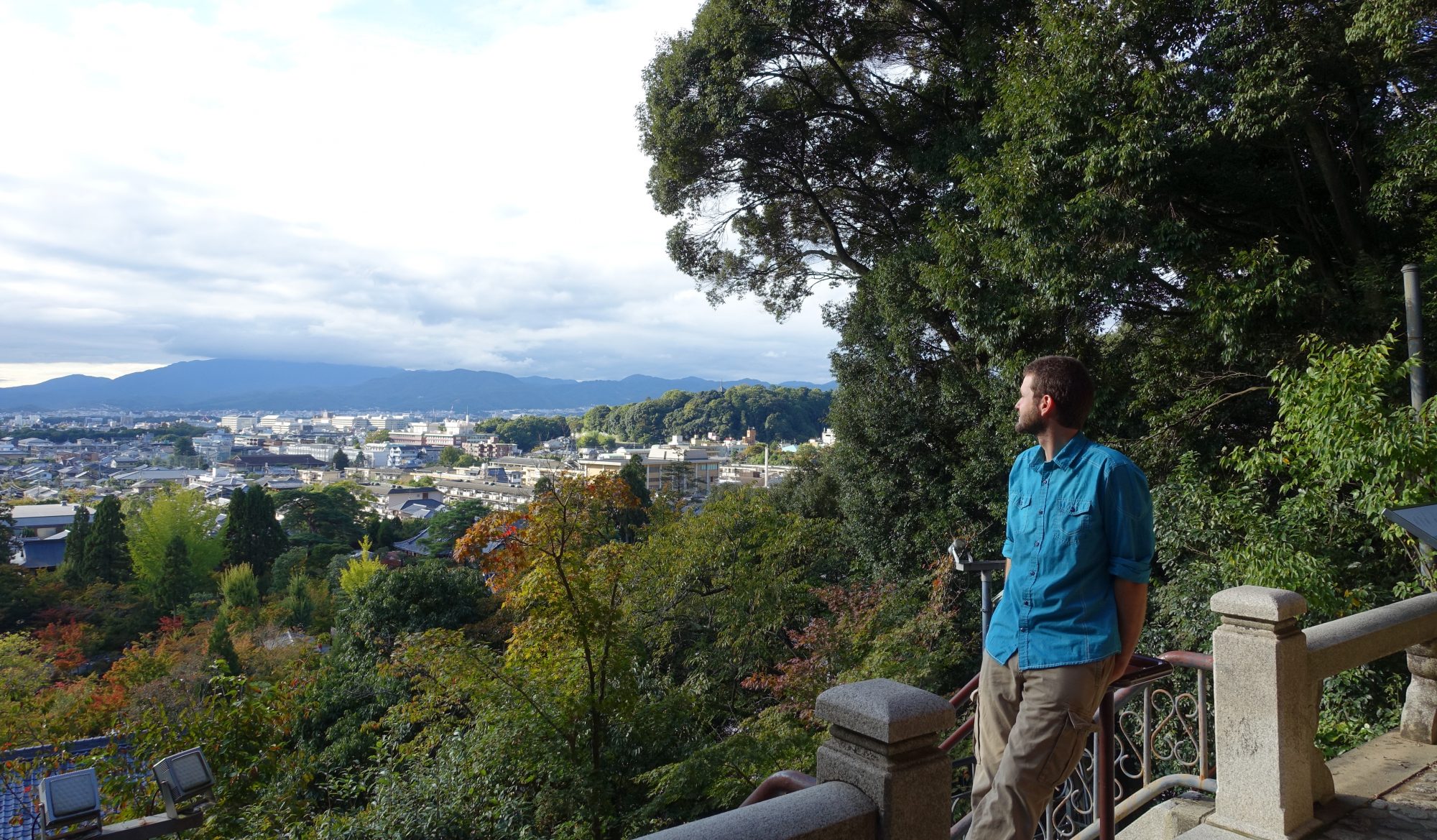
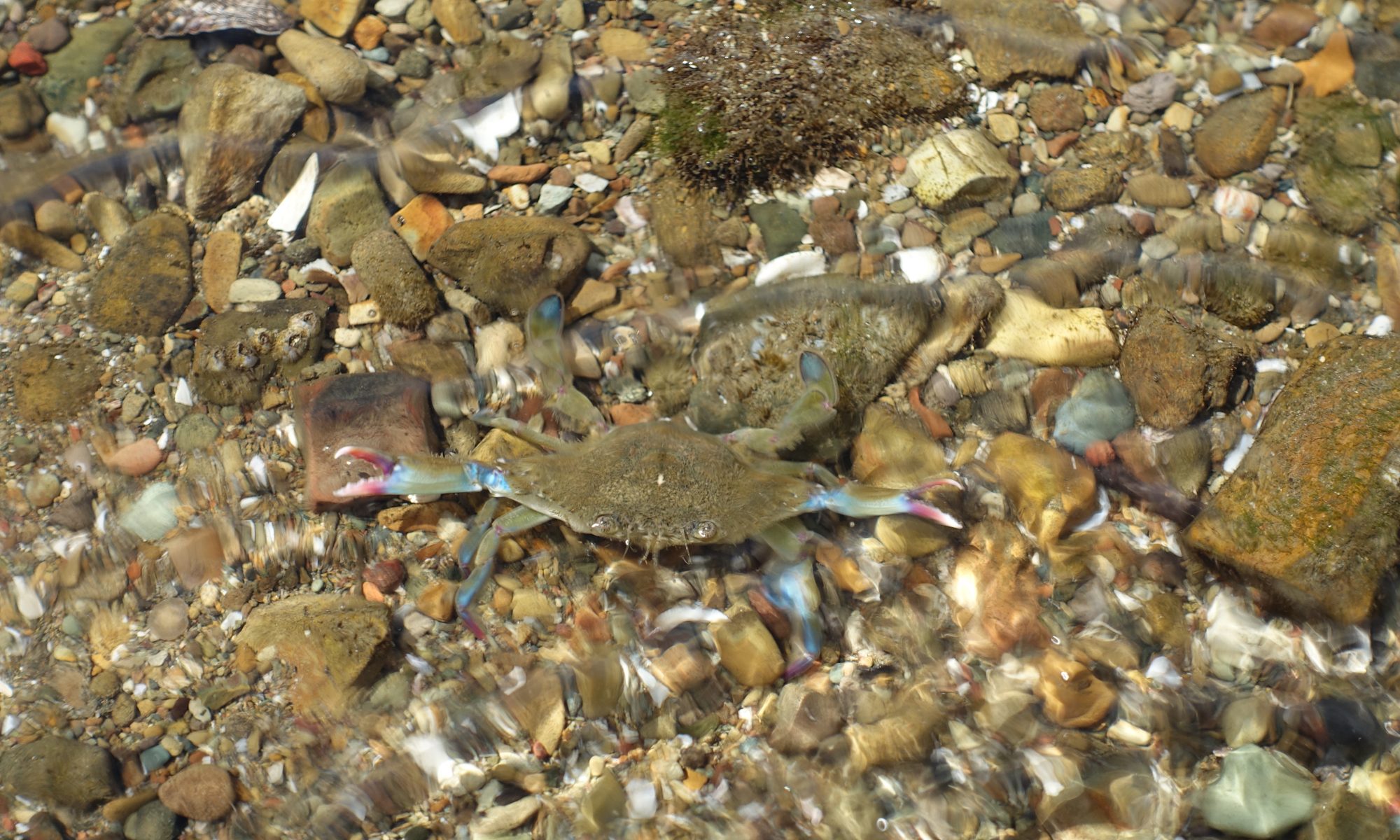
I’ll bet you’ll see a lot of different creatures inland in the rainforest . Elani does your camera have a zoom lens ? Were the photos at maximum magnification? A powerful telescopic lens is a nice tool for wildlife photos . I’ve never been able to justify buying one myself . For my camera when I priced them It was in the thousands of dollars . I guess the zoom that came with my camera is what I’m probably using for my pictures .Geoff keep up the blogs , there interesting and a good record of your journey .